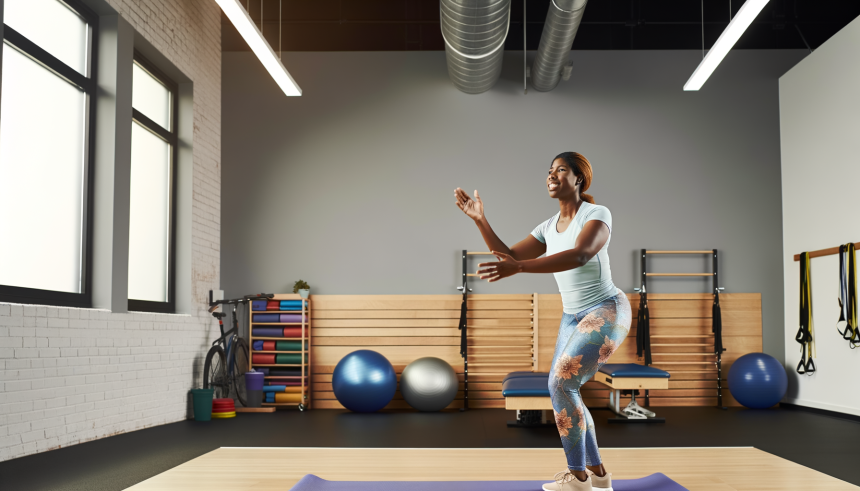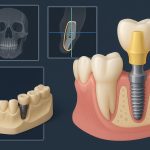Embarking on the journey to recovery from a sports injury can be daunting, yet it is a vital step toward reclaiming an active lifestyle. As an athlete or fitness enthusiast, understanding the nuances of rehabilitation programs tailored to your specific needs is crucial. Whether looking for a Peoria accident injury lawyer, this article explores the path to recovery, offering insights into strategies that restore physical well-being and empower you to return to the activities you love with renewed strength and resilience.
Understanding Sports Injuries: Types and Causes
Common Types of Sports Injuries
Sports injuries are varied, with some more common than others. Sprains and strains often involve damage to ligaments and muscles, respectively. Tendinitis, an inflammation of a tendon, frequently affects athletes, particularly in repetitive-motion sports. Another prevalent injury is fractures, which occur when a bone is subjected to a force greater than it can withstand, often resulting from contact sports or falls.
Causes of Sports Injuries
The root causes of sports injuries are multifaceted. Overuse is a primary factor, where repetitive stress on a body part leads to wear and tear on the affected area. Poor technique can exacerbate the risk, as improper form places undue strain on muscles and joints. Inadequate equipment or lack of appropriate conditioning also contribute to heightened injury risk. Understanding these causes is crucial in developing effective prevention and rehabilitation strategies.
Importance of Rehabilitation Programs for Active Lifestyles
Enhancing Recovery and Preventing Future Injuries
Rehabilitation programs are essential for individuals who wish to maintain an active lifestyle. By facilitating effective recovery from sports injuries, these programs help restore physical function, allowing you to resume activities confidently. Specialized exercises and therapies target injured areas, promoting healing and strengthening muscles.
Customized Care for Optimal Outcomes
Personalized rehabilitation plans are tailored to individual needs, taking into account the type of injury and personal fitness goals. Such tailored approaches facilitate quicker recovery and minimize the risk of recurrence, thereby ensuring long-term health.
Holistic Health and Well-being
Beyond physical benefits, rehabilitation fosters mental resilience. It provides psychological support, encouraging perseverance in the face of setbacks. Trust in these programs enhances overall well-being, empowering you to pursue an active and fulfilling lifestyle.
Exploring Different Rehabilitation Techniques for Sports Injuries
Personalized Physical Therapy
Physical therapy forms the backbone of rehabilitation for sports injuries. By focusing on individualized treatment plans, therapists design exercises that target specific injuries and facilitate gradual recovery. This approach promotes healing and improves flexibility and strength, which are crucial for preventing future injuries.
The Role of Hydrotherapy
Hydrotherapy, or aquatic therapy, leverages the therapeutic properties of water to aid in recovery. The buoyancy reduces joint stress, enabling exercises that might be painful on land. This method benefits lower body injuries, offering gentle resistance to enhance muscle strength.
Integrating Massage Therapy
Massage therapy complements physical rehabilitation by improving circulation and reducing muscle tension. Integrating into a rehabilitation program accelerates recovery, enabling athletes to regain full mobility more quickly and with less discomfort.
The Role of Nutrition and Exercise in Recovery
Nutrition: Fueling the Healing Process
A well-balanced diet plays a pivotal role in recovery from sports injuries. Protein and omega-3 fatty acids are essential for tissue repair and inflammation reduction. Incorporating a variety of vitamins and minerals, such as vitamin C and D, along with zinc, can help bolster the immune system and enhance recovery speed. Hydration is equally crucial; adequate fluid intake aids nutrient transport and waste elimination, ensuring optimal cellular function.
Exercise: A Gradual Return to Strength
Exercise, tailored to individual needs, is fundamental in rehabilitation. Starting with low-impact activities can maintain cardiovascular health and prevent muscle atrophy. As recovery progresses, gradually incorporating strength training and flexibility exercises promotes muscle regeneration and joint stability. Collaboration with healthcare professionals ensures a safe and effective exercise regimen, balancing rest with activity to prevent re-injury.
Tips for Preventing Sports Injuries and Maintaining an Active Lifestyle
Warm Up and Cool Down
Before engaging in any physical activity, incorporate a thorough warm-up routine. This prepares your muscles and joints for the intensity ahead and enhances your overall performance. A dynamic warm-up can include light cardio, such as jogging or jumping jacks, followed by dynamic stretches targeting major muscle groups. Equally important is the cool-down post-exercise. It helps gradually lower your heart rate and prevent stiffness, with gentle stretches proving beneficial for muscle recovery.
Proper Technique and Equipment
Maintaining correct form and technique during sports or workouts is crucial to avoid unnecessary strain and injury. Consider seeking professional guidance or attending classes to refine your skills. Furthermore, invest in quality equipment suited to your sport, such as footwear, protective gear, or specialized equipment. Ensuring proper fit and function can be a game-changer in injury prevention.
Balanced Nutrition and Hydration
A well-rounded diet fuels your body for optimal performance and recovery. Prioritize meals rich in vitamins, minerals, and macronutrients, tailored to your activity level. Adequate hydration is equally vital. Staying hydrated supports muscle function and reduces the risk of cramps and fatigue. Aim to drink water consistently throughout the day and replenish fluids lost during exercise.
Final Thoughts
Navigating the path toward recovery, you gain healing and a profound understanding of your body’s resilience and capacity for renewal. Whether looking for a Peoria accident injury lawyer, rehabilitation programs tailored to sports injuries and active lifestyles offer a structured approach, guiding you back to peak performance while fostering a holistic well-being. By embracing these specialized programs, you expedite physical recovery and nurture mental fortitude and discipline.
Lynn Martelli is an editor at Readability. She received her MFA in Creative Writing from Antioch University and has worked as an editor for over 10 years. Lynn has edited a wide variety of books, including fiction, non-fiction, memoirs, and more. In her free time, Lynn enjoys reading, writing, and spending time with her family and friends.















